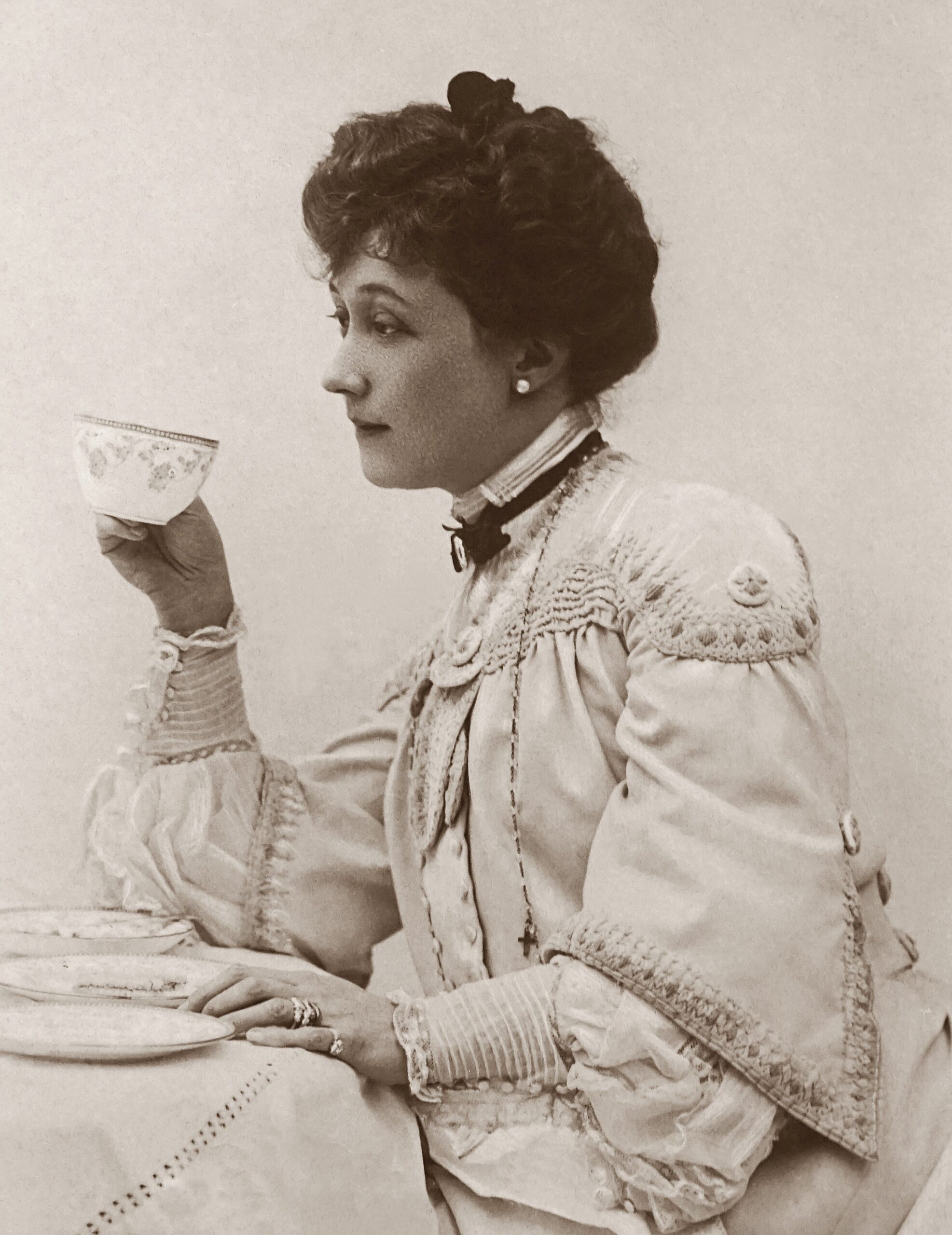My next release, The Firstborn (yes, I WILL find a way to slip that into every conversation from now until… oh, let’s say summer) features a baby named George. He’s chubby and smooshy and spits up on people at inopportune moments, but let’s go back a bit and examine what it was like to be “in the family way” round and about two hundred years ago.

1. You’re not “pregnant.”
Such an ugly word. You’re also not “with child.” Or “breeding.” What are you, livestock? Save those terms for the lower classes. If you’re a gentlewoman, then you’ll be looking forward to your “confinement.” Because that doesn’t sound at all, confining. *ahem*
2. Don’t eat for two.
No meat, wine, spices, coffee, tea, or eggs for you. Also, you may be bled if your pregnancy looks like it needs help. Because everyone knows that loss of blood is fantastic when hoping to ensure a healthy mother and child.
3. Get your affairs in order.
Nearly 20% of mothers (and their babies) fail to survive childbirth, so give your husband a kiss, don’t worry that the attending physician hasn’t washed his hands in a fortnight, and be assured that if things do take a turn for the worse, they’ll probably bleed you. Again.
4. No midwives for you.
Women attending a birth is SO eighteenth century. And how would a fellow woman know what it’s like to have children? Better to bring in a doctor (or accouchement) to keep you lying down, order the birthing room sealed up, and forbid you proper nutrition for several days following the birth of the child. That is, if you survive it.
5. Suck it up, Buttercup.
Anaesthetics weren’t used in childbirth (or at least accepted) until after Queen Victoria used chloroform for the births of her eighth and ninth children. In the 1850s. So if you’re looking for any sort of pain relief, better look elsewhere (just not at any of the attending physician’s instruments… they haven’t been cleaned… ever).

